Subscribe for Access
How sales teams can work strategically with partners to show their leadership potential and get promoted.

Top sales reps rely on their partners and Ecosystem-Led Growth to hit quota. Sign up for Crossbeam Insider, and get tactics for accelerating sales cycles and increasing deal sizes.
Partnerships can help you close deals 50% faster than any other sales channel, so why stick to the same old tactics? Partners can sway your prospects to take your call, advocate for your product on your behalf, provide the intro you need to the right stakeholder (Turns out you had the wrong contact all along), and bring the deal over the finish line.
Sounds like an obvious win, right?
The unfortunate reality is, partnership managers struggle to get their sales team to work with partners, according to our State of the Partner Ecosystem Report.
This lack of buy-in for a highly effective sales and business strategy — one that has brought companies like Salesforce, Shopify, and Microsoft to the top of their categories — presents a very interesting opportunity for you.
Be the first on your sales team to embrace partnerships as part of your deal flow, and you’ll be showing your leadership potential and be on the way to your next promotion.
Working with partners will:
- Show your ability to work strategically with internal and external stakeholders
- Show your initiative for trying new tactics and stepping outside of your standard day-to-day responsibilities
- Make you stand out from the crowd against those who aren’t willing to work on deals with partners
- Boost your numbers and help you hit your quota faster (Hello, weekly standup shout-outs)
- Close more strategic deals (Want to break into a huge account you’ve been chasing for months? Turns out your partner knows the CMO.)
Ready to put the pieces in place for your next promotion? We’re sharing six tips for showing your leadership potential to your team by working with partners.
1. Take ownership of your success with partners (and lead by example)
Historically, partnerships help sales reps close deals faster. Be one of those early evangelists, and you’ll be closing deals with the biggest business impact and inspiring the rest of the sales team to follow in your footsteps. It’ll look really, really good. Like, promotion-worthy good.
Once you’ve closed a few deals with partners, you should:
- Humble brag in Slack about how you brought the partner into the deal and when, the problem you were having and the tactic you and your partner implemented, and what the results were
- Offer to train junior sales reps in the co-selling tactics you’ve found successful, invite them to shadow your calls with partners, and offer to introduce them to relevant sales reps at partner companies (e.g. if your junior sales rep is targeting an account in APAC, intro them to the corresponding APAC rep that can help them with a particular account)
- Stay in sync with your partner manager to learn about new opportunities to co-sell with recently onboarded partners and to provide feedback on co-selling collateral that’s been ineffective or effective with your prospects
- Become the person your leadership team sends its junior sales reps to for sales advice and the person your peers think of first when they hit a hiccup in their deal flow.
Aaron Geller, Director of Sales at Cypress.io and previous GTM Lead at DigitalOcean, recalled a time that he worked with a sales rep on a deal that was struggling to cross the finish line. The potential client was encountering technical difficulties with migrating their infrastructure to DigitalOcean, and Geller and the sales rep brought an implementation partner in to conduct an analysis for the client and show them the benefits of completing the migration. Shortly after, the sales rep closed the deal.
“The rep was celebrated because they were able to increase the deal velocity, and it was the first time we uniquely went out and solved a problem with another person in the space,” says Geller. “We saw AEs get promoted because they were hitting quota more efficiently.”
“We saw AEs get promoted because they were hitting quota more efficiently.”
He adds, “What was saw [after that] was a willingness to bring partners in right away. That led to ability to hit goals faster, ability to earn more money from a sales perspective. We actually had some sales folks want to move on to the partnerships side because they thought it was so interesting. We actually took some business development managers and turned them into partner managers because they wanted to be more involved in the partner space.”
Working with partners introduces a new channel for hitting quota faster, setting up the success metrics your leadership team needs to see to make the case for your next promotion. Plus, by stepping outside of more traditional sales tactics to achieve your goals, you’re learning a new set of skills that could open the door to upwards and lateral mobility within your organization.
2. Be open-minded and strategic about how you work with partners
The best leaders in SaaS join their new company, evaluate what’s working and what’s not, and come up with a game plan based on their findings. They don’t try the same tactics again and again.
How you work with partners is just as important as the fact that you are working with partners. Bring new ideas for co-selling to your counterpart, identify opportunities to bring your partner into a deal that you haven’t tried before, and turn even the smallest partnerships into big results.
Recently, we spoke with a services account manager (AM) who transitioned from an account executive role selling software at a 150-employee company to selling services to larger clients and more c-suite executives at a large global enterprise.
He says, “Anybody in the ecosystem helps you understand different perspectives that you might not have thought of. As a salesperson, you’re handed sales plays. ‘This is what we’re promoting, this is how we’re pricing it,’ and it’s very mechanical. Strategic selling isn’t as mechanical.”
When you include partners in your sales strategy, you’ll get more perspective on how your industry is evolving — and that’s good for business.
The now services AM recalled a time when his team needed to work with a particular partner who had a poor reputation among his teammates. He says he needed to fight for the partnership and convince his team that this time would be different. To do so, he determined a new approach for working with the partner on the particular deal and shared the approach with his team.
He says the main reason the partnership had turned sour is that there was an imbalance of partner responsibilities.
“If you’re not giving [the partner] something, they’re going to stop taking your calls.”
Going forward, he decided to make it clear to his team and to the partner’s team who would manage what in order to avoid crossing into the other’s territory. In this case, the partner would manage the everyday services of the software, and his team would manage the more complicated services. Setting these expectations upfront with the partner and his internal team clarified when and why each partner should enter the sales conversation and helped to avoid one side carrying more weight than they should once the deal closed.
“We’ve moved to the point where [we said], ‘Let’s try not to do the whole pie; let’s work better with our partners,’” says the account manager.
Austin Park, Enterprise Account Executive at SEO platform Botify, was promoted from strategic business development representative (BDR) to enterprise account executive (AE) in late 2020.
When Park first started out as a BDR, he stuck to traditional sales tactics, like cold-calling and LinkedIn outreach. When he began working with partners and his partnership leader, he says he was excited to learn that there was another, highly effective approach to boosting his numbers. Simultaneously, embracing partnerships showed his team his ability to collaborate strategically with internal and external stakeholders.
Park says he recently tried out a new partnerships tactic to boost a particular deal’s likelihood of closing. After learning about the prospect’s business needs, he looked to one of Botify’s partners to fill an existing product gap. He asked the partner if they were interested in teaming up to sell their joint solution, and the partner said yes.
“If there’s a way in which we could work together and co-sell this as one, it’ll improve our chances significantly of closing this deal and not losing to a competitor,” says Park.
“If there’s a way in which we could work together and co-sell this as one, it’ll improve our chances significantly of closing this deal and not losing to a competitor.”
Now, he’s in the process of working with internal and external stakeholders to fine-tune their joint solution pitch, pricing, and proposal.
“This is something I never would have thought to do even three months ago, without my recent work and communication with the partners and with [our partnerships leader],” says Park. “Because of being able to do that and get that experience, it led me to want to try new things and try this strategy with this deal that came up.”
3. Volunteer to try out your team’s latest partnership strategies (and develop some of your own)
Raise your hand when there’s an opportunity to try something new with a partner or a chance to support a cross-functional initiative. For example: Introhive tested a new initiative to bring in more ecosystem qualified leads (EQLs) from co-hosted events with partners. They asked two SDRs to qualify a minimum number of EQLs from events with partners each quarter. Now, one of those SDRs is a full-time SDR for channel.
Your new promotion, role change, or entry into a new world (could you be the next Head of Partnerships one day?) awaits you.
4. Look to partnerships as a way to show your ability to work with internal and external stakeholders
Austin Park at Botify says working well with the partnerships leader when he was a BDR helped him understand how to work well with other internal and external stakeholders.
“There’s more ways than just one way to do well and get recognized,” says Park. “It’s a good example of how you can create a multi-channel approach to being a BDR.”
Park says that once you start working with partners, your numbers will increase, and your leadership team will see that you can work well with others. This can solidify your place as an integral team player and contributor to the business’s growth.
Park says when he became an account executive he had a strong foundation for working with other departments within the org, like customer success, professional services, and product. This was true for two reasons:
- He was able to use his experience in relationship-building to form bonds with other teams he hadn’t worked with previously.
- He was able to bring his partnerships and tech stack knowledge to conversations with a variety of internal teams in order to ask the right questions of those internal stakeholders and provide his own insights.
Aaron Geller at Cypress.io spoke to us about a time that a member of DigitalOcean’s leadership team celebrated a particular sales rep for not only closing a deal but increasing the deal size by bringing two partners into the fold. They shared the story at an All Hands with the entire company.
“They were super jazzed and knew both partners intimately,” says Geller. “It was great to see multiple people working together to achieve a common goal.”
By working with the partnerships team and multiple partners, the sales rep showed their ability to work strategically with internal and external stakeholders to close a deal they would have had difficulty closing alone. This caught the attention of the leadership team!
5. Use your tech stack knowledge to create a more compelling narrative in your outreach to prospects
In a Crossbeam case study, Alyshah Walji, Strategic Partnerships Development Manager at Vidyard, says his sales team has seen a 20% increase in response rates when referencing a piece of a prospect’s tech stack in outbound messages to their freemium users.
A partner ecosystem platform (PEP) like Crossbeam can help you understand which tools your prospect’s are using, but that’s only half the equation. You need to build your expertise in the B2B SaaS space so you can speak knowledgeably about relevant tools, know how your product complements or conflicts with them, and make thoughtful recommendations for your prospects.
Take the initiative in speaking with your partners regularly, learning about their products, their competitors’ products, and the greater B2B SaaS landscape.
The services account manager at the large global enterprise says, “No one wants to be sold. They want to have their problems solved. So, bring your knowledge of successful partner use cases, workflows, and operations that you’ve gleaned from your partners to adapt the sales conversation to a thoughtful dialogue.”
Keep learning so you can pick and pull your SaaS industry knowledge on the fly. You’ll:
- Show your ability to be a consultative resource to your prospects
- Show your resourcefulness to your leadership team and land more accounts that they entrust you with closing
- Become the person others come to for help when they need to think strategically about solutions for their prospects
- Become more capable of leading constructive meetings with your customer success, product, and product marketing teams regarding potential product or feature gaps
6. Ask your partnerships leader how you can help
Did you just roll your eyes? Is it because we’re the partner company telling you that you should help your partner manager?
Yes, it’s a way to show your initiative and take on more responsibilities that can open the door to your next role. Sales teams and partnerships teams are most effective when they work together. You should:
- Learn how to use your PEP. Many partner managers use a PEP to map accounts with partners in real time to surface overlaps between your account list and your partner’s account list. Volunteer to sit in on training sessions, or ask your partner manager if you can get access to the tool.
- Offer to reach out to your partner’s sales reps, rather than relying on your partnership leader as a conduit. Some PEPs send notifications to partner managers and respective AEs in Slack. Rather than waiting for your partner manager to broach the conversation about a specific overlap, assure your partnerships manager that you’ll reach out to the respective partner rep within a specified amount of time to strategize your co-selling strategy.

Ask your partner manager and sales leader if you can provide recaps of each co-selling sync with a partner’s sales rep. Keep your leadership team in the loop so they see exactly how you’re pushing the deal forward, and ask for support when you need it.
Your partnerships leader could become your biggest advocate when it comes down to getting promoted, so support their work and meet your opportunities at the source.
—

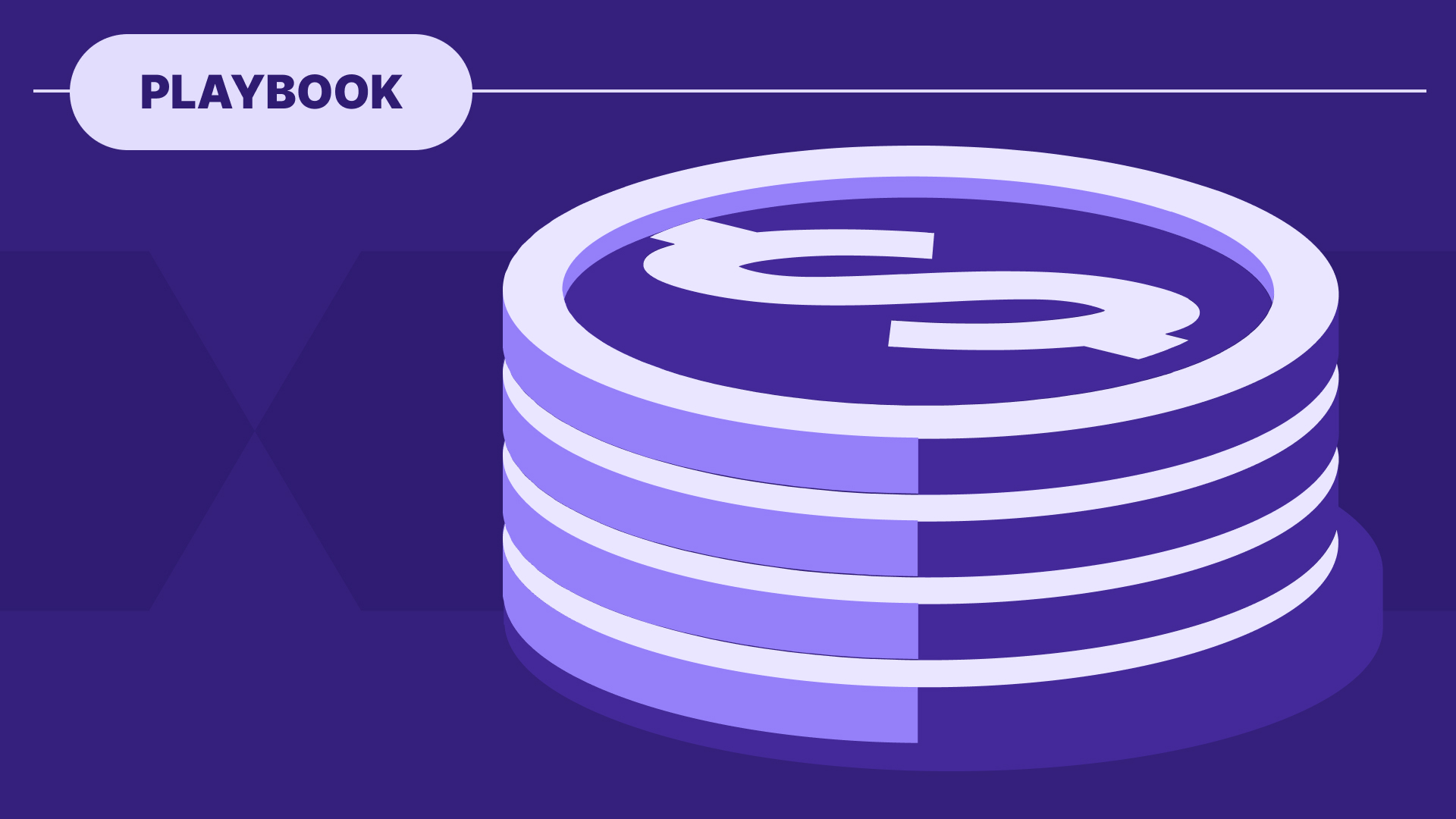
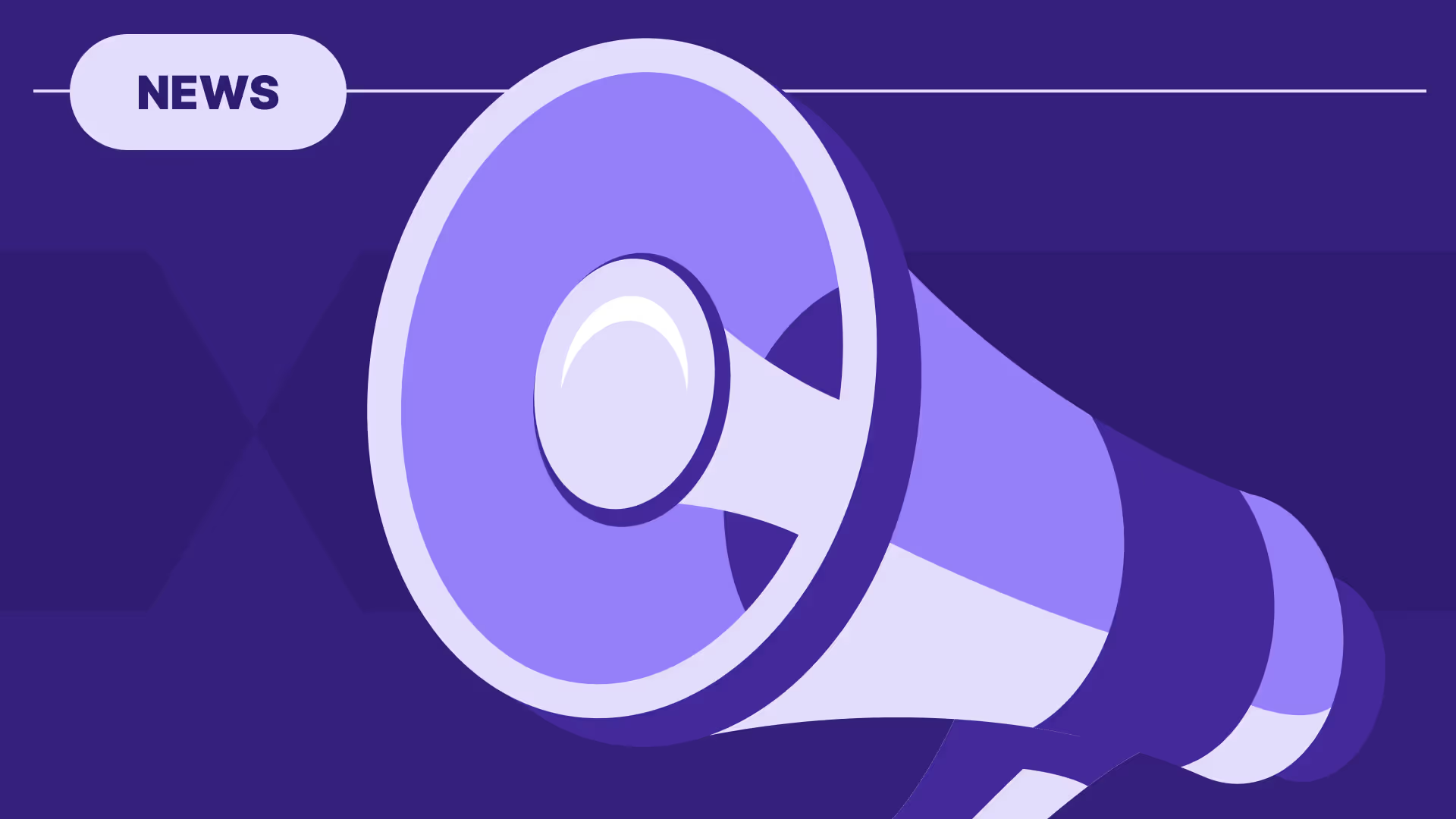




%20(1).jpg)

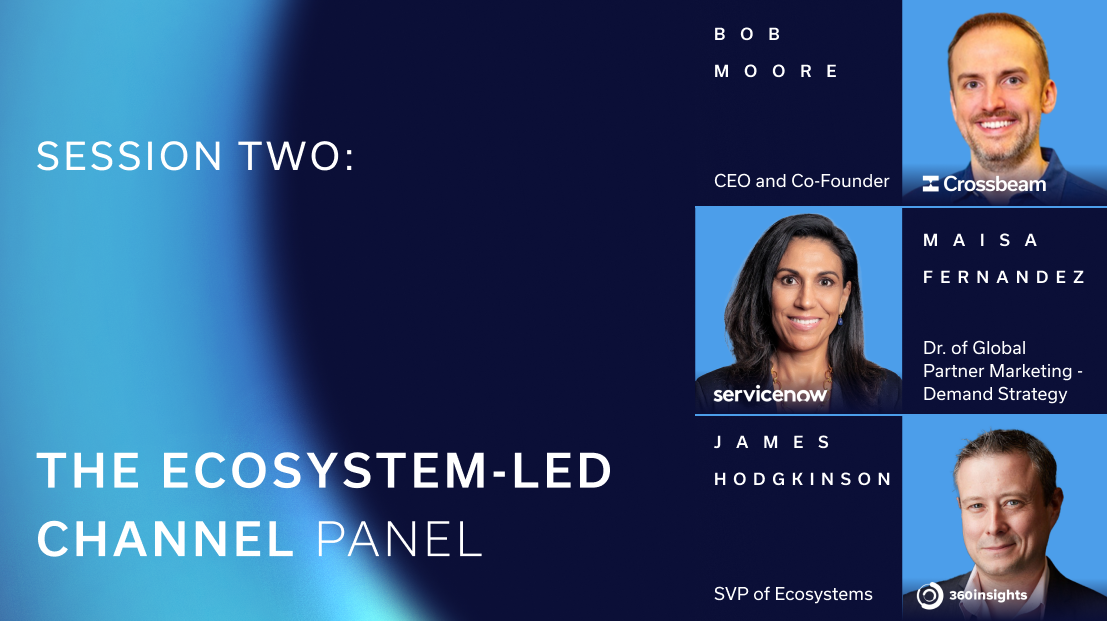



.png)




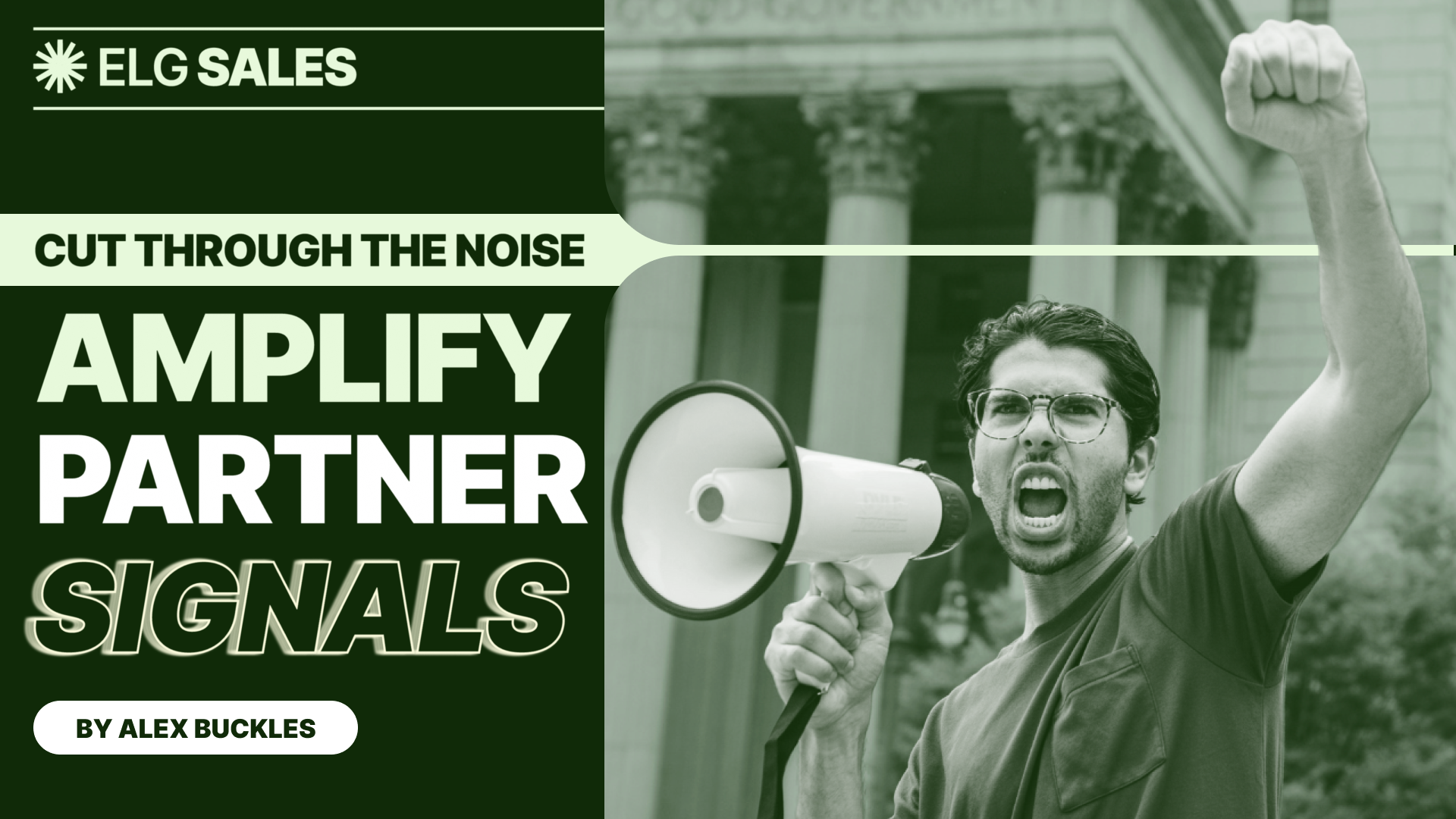









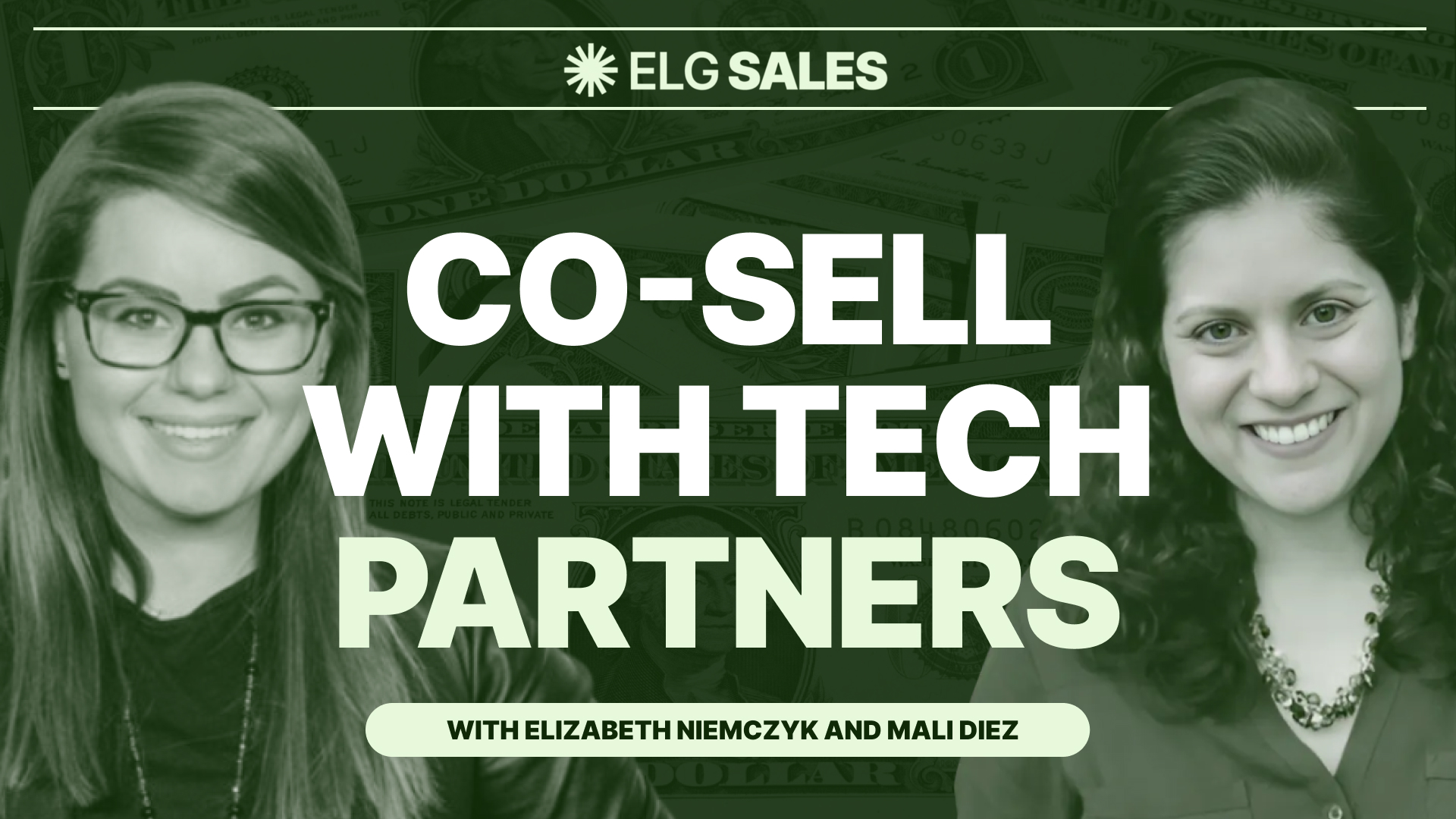

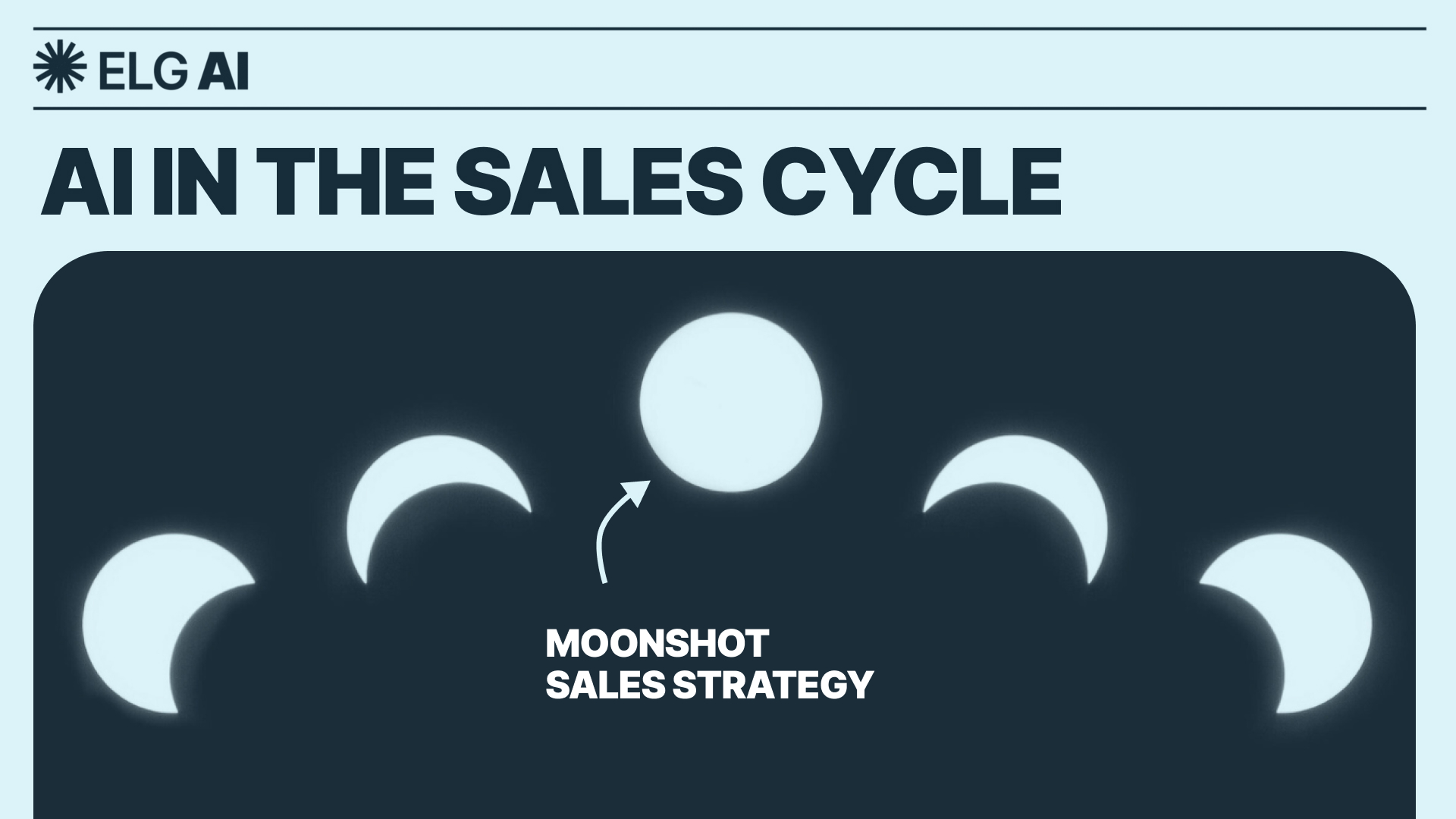










.jpg)




.png)



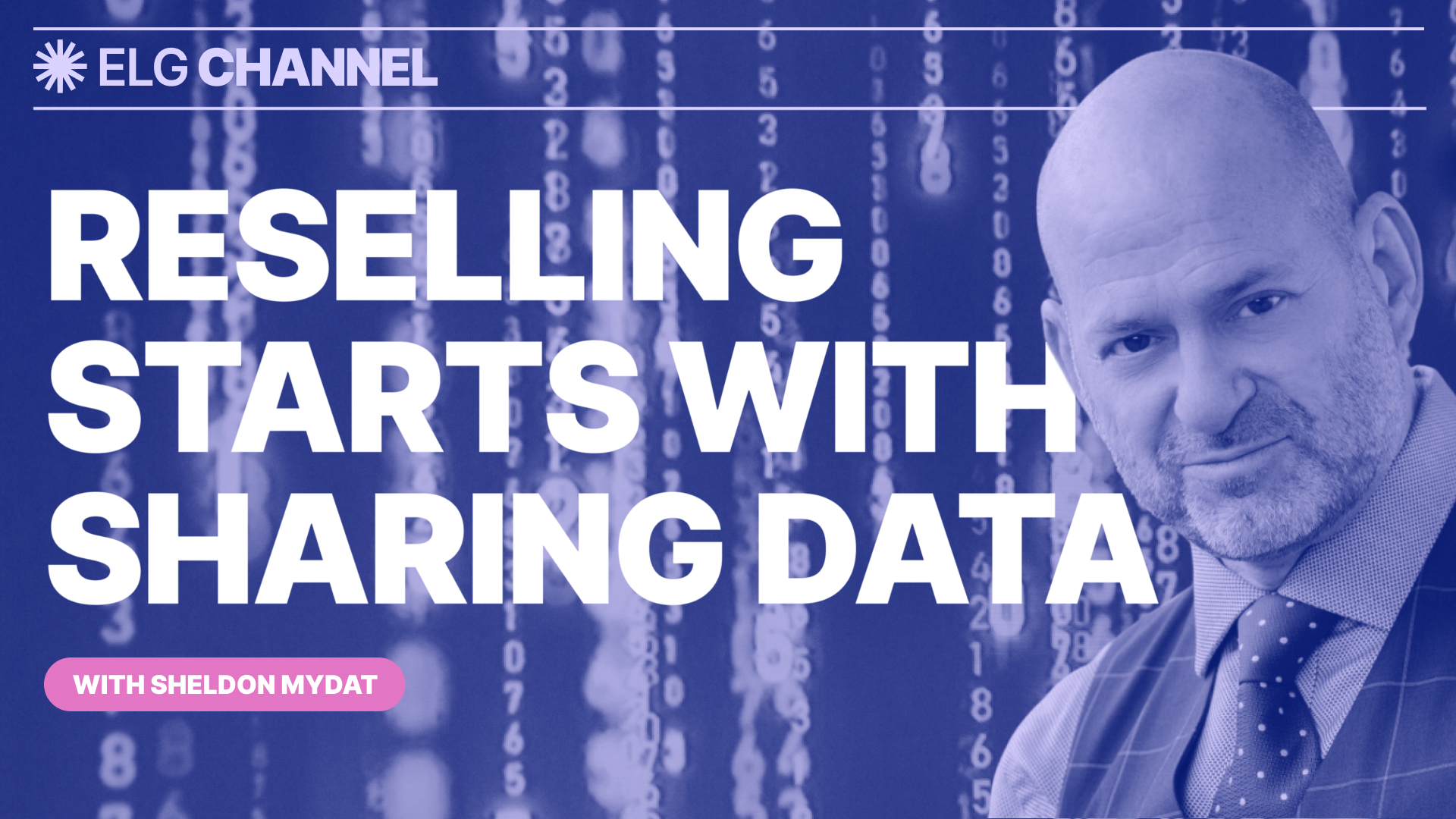


.jpg)





.jpg)

.webp)


















.webp)













